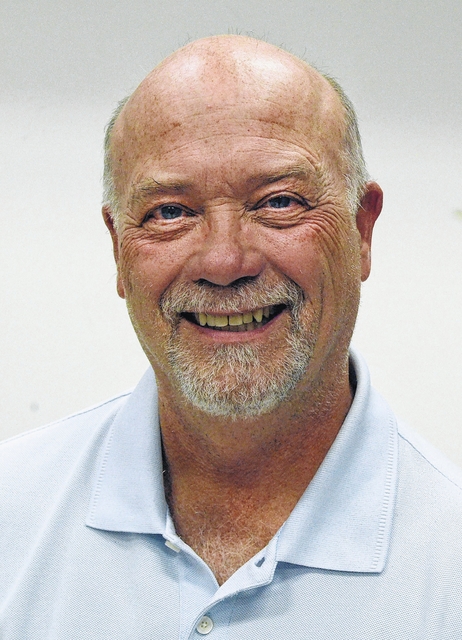For those of us who’ve been granted the gift of more time here on earth than was afforded to so many others, we often think of the changes that have occurred during our lives. We have seen so very much in terms of technological advances.
As far as the world of entertainment, specifically television, there have been so many changes. In my earliest days, television was really in its infancy. The images were on very small screens, in black and white, and not available at certain times of test day. If you’re also a Boomer born in the late 1940s or early ‘50s, you’ll remember the Indian head test pattern, that image of a Native American wearing a resplendent headdress of feathers shown when no program was airing on a channel. I saw it each afternoon in our home in Oak Lawn just outside Chicago as I awaited the beginning of The Mickey Mouse Club on ABC each afternoon back in 1956. You also remember, when a channel went to playing the National Anthem, the day’s programming on that station was over.
By the mid-1960s, my black-and-white world had become color in our new city of Lima. If you’re my age, you’ll remember in those days that little box with the toggle switch that sat on the top of the TV console that would move the outdoor antenna to get the best reception, although, even at optimal levels, we viewers of the mid-‘60s lived with a little snow, as these were surely not hi-def times.
In those days, there were only three networks- ABC, NBC and CBS. As far as the number of channels, well, they were Channels 2 through 13 in something called VHS, including one that showed the clock and a number of weather gauges that slowly crawled from left to right. For local programming, we switched to UHF to get Lima’s Channel 35, carrying the call letters WIMA in those pre-WLIO days, transmitting from the same building it does today. The station shared a lot with the transmitter tower and also a ball diamond where Little League games were televised once a week in the summer.
By the late 1960s, cable television was available, which made that TV tower in our back yard obsolete for its intended purpose.
By the late ‘90s, we became satellite TV viewers. As time passed, more and more streaming services like Netflix, Hulu, and Amazon Prime and many others became available, all with hundreds of channels. Cable also has expanded with different packages available for more and more channels.
Many would say, “More is better, right?” I think by being given more, we now have also been given less when it comes to using TV as a bonding agent.
In simpler times, those who went to work on Monday could almost be certain they could talk amongst their co-workers about the previous night’s Ed Sullivan Show and that ventriloquist whose lips barely moved or that guy who kept all those plates spinning on those sticks or about those Cartwright men who lived on an unfathomable thousand square miles of the Ponderosa in the High Sierras on that week’s episode of Bonanza.
Additionally, long before all those streaming and cable 21st century options, how the miniseries of yesteryear so often bonded us. In 1977, especially here in the bone-chilling Midwest, for eight consecutive late January nights, who wasn’t watching each episode of Roots? In ensuing years, there were several other miniseries that were discussed around our next-day water coolers, such as The Winds of War and The Thorn Birds in ’83, North and South in ’85 and Lonesome Dove in ’89.
And, what about those special episodes of our weekly cable series that bonded us for so long? How much conversation was generated from speculations as to who really shot JR on Dallas or Henry Blake’s death on that flight going home from Korea on MASH or Sam and Diane’s failure to tie that knot in the final episode of Cheers or Rachael and Ross’s boozy ‘Vegas wedding on Friends?
While it has been said that when it comes to progress, we’re all better off, I can’t help but also see what we’ve lost. In this instance, when it comes to how we watch our nightly television, with the possible exception of the shared-viewing experience of the Super Bowl, I think we’ve definitely lost an opportunity to draw closer together.
John Grindrod is a regular columnist for The Lima News, a freelance writer and editor and the author of two books. Reach him at [email protected].







